“History is a lie!” — Robert Walpole, British Prime Minister
For aficionados of true crime cold cases, the disappearance of the sons of King Edward IV, the “two princes in the tower” is truly epic stuff.
The year is 1483. King Edward IV has just died and his sons, Edward V and Richard, are installed in the royal apartments in the Tower of London. They vanish. Their uncle Richard is declared king.
They may have escaped or been moved. If not, their murderer is unknown. But their uncle Richard is, in my opinion, the undeserving chief suspect.
Shakespeare took his famous play from Tudor sycophant Sir Thomas More’s hit piece history, and amplified it to dramatic effect. His Richard III is a Disney ready caricature — a cruel, conniving, “poisonous bunch-backed toad” who ruthlessly murdered his innocent nephews.
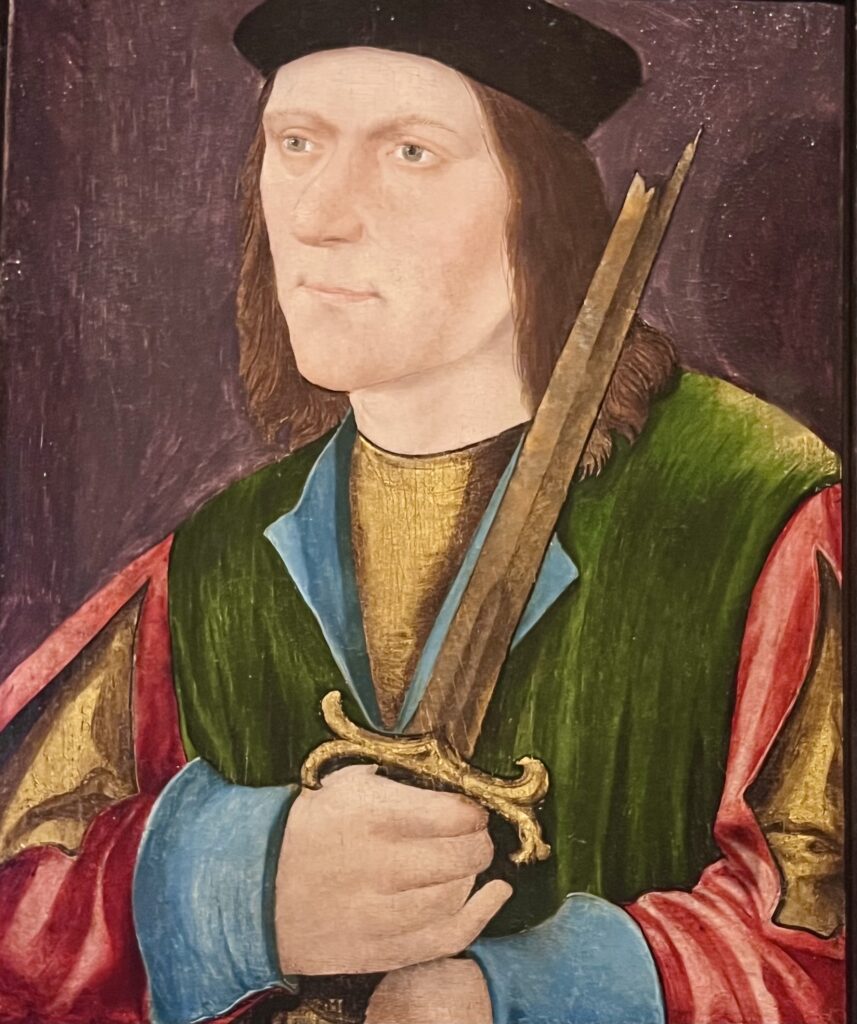
It makes for good reading. But what actually happened?
Most historians believe the princes were whacked. However, contemporary historians are growing fond of the theory that Edward V died and Richard was moved from the Tower of London.
Until recently, Richard III was almost universally condemned as the culprit.
But who was Richard III and did he really kill the princes? Or was the murderer someone else entirely? The events of Richard’s life twisted in macabre fashion for political gain?
Let’s assess one of the greatest medieval mysteries.
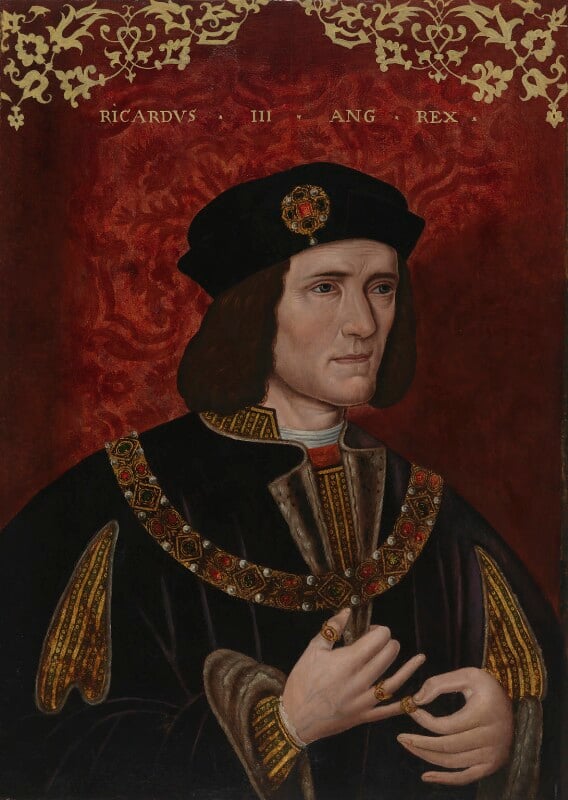
The King Richard III Myth
History, as they say, is written by the victors. Thus, it’s often biased and counter-factual.
In this case, it was written by the Tudors. In 1485, they vanquished Richard III in the Battle of Bosworth and seized the throne by conquest.
According to Tudor historians, Richard III murdered his way to the throne, which was always his secret ambition.
The Tudors extravagantly claim that the evil Richard was hunchbacked, with a withered hand and limping gait. He was supposedly so “deformed, lame, and unfashionable” that he made dogs bark as he passed.
Many scholars now question the factual basis of Richard III’s bad reputation. It may amount to nothing more than Tudor myth making designed to promote and safeguard Henry VII’s subsequent rise to the throne.
If you’ve read historical accounts or watched the BBC series The White Queen and White Princess (the later starring Killing Eve star Jodie Comer), you know the backstory.
I set forth my interpretation of events, based on all my research. I’ve read quite a few books on the topic. Under today’s prevailing legal standards, Richard III is decidedly not guilty. His guilt simply cannot be proved beyond a reasonable doubt. He shouldn’t even be dubbed the chief suspect.
The Rise and Fall of King Edward IV
A young Yorkist Edward IV seized the English throne during the three decade War of the Roses — the epic battle between the York and Lancastrian branches of the Plantagenet family.
Then, to the horror of the royal court, Edward IV secretly married Elizabeth Woodville, a low born Lancastrian widow even though he had been pre-contracted to Eleanor Butler. Edward and Elizabeth had many children, including the two princes in question.
Richard III was apparently a loyal brother to Edward IV. He was a great military commander and helped his brother secure and keep his throne. Richard III was rewarded for his efforts. He was named Duke of Gloucester and married Anne Neville, heir to the Duke of Warwick’s fortune.
Richard was effectively made warden of the North. Sounds very Stark-Winterfellian, doesn’t it?
In 1483, Edward IV fell sick and unexpectedly died, probably from pneumonia after a fishing trip. But there is speculation that he was poisoned. Richard III became the young princes’ guardian and was declared Protector of the Realm.
The Woodvilles, the relatives of Edward IV’s wife Elizabeth who had prospered under his reign, made a power grab. They tried to crown 12 year old Edward immediately and oust Richard from his position as Protector.
Richard called for his northern armies, a completely normal tactic. He retrieved Edward V. Later, he also collected Richard. The two princes were moved into the royal apartments in the Tower of London to prepare for Edward’s coronation.
They weren’t “imprisoned” or “confined,” as is commonly written. What rubbish. They were given posh digs in a royal palace, as befitting their rank.
The Tower wasn’t thought of as an evil place back then. It only gained its unsavory reputation during the subsequent tenure of the bloodthirsty Tudor monarchs.
Coronation Preparation and the Pre-Contract Bomb
Richard assiduously prepared for Edward V’s coronation. He set a date and ordered coronation robes. He swore a public oath of loyalty to the new king. But there was unrest about succession.
Edward V was very young. The noblemen preferred Richard to a young boy. Before Edward IV, Henry VI was a disastrous boy king. Plus, the noblemen hated the Woodvilles and didn’t want the bourgeoise family amassing even more power.
Then, a bomb was dropped. It’s unclear to what extent Richard was involved, if at all.
On June 8, Bishop Stillington, an exemplary religious man without a whiff of scandal, read a damning sermon.
In it, he presented evidence and declared that Edward IV’s marriage to Elizabeth Woodville was invalid because he’d been secretly married or “pre-contracted” to an aristocrat named Eleanor Butler before Elizabeth.
Edward IV, a scurrilous womanizer, may have pulled this “wed to bed” scam multiple times.
Why hadn’t Stillington said something earlier? Well, Edward IV created him as bishop with all the cash and cache that came with it. So perhaps he kept Edward IV’s misdeeds quiet while he was alive. Politics was an art form in those days, even for religious figureheads.
This news stunned the public, who hated both bastards and secret marriages.
Parliament acted on June 22. In an act called the Titulus Regius, the children of Edward IV were declared illegitimate and officially removed from the line of succession. Parliament crowned Richard king on July 6, 1483.
This all sounds like a technicality you may say.
Except in the 15th century, a pre-contract wasn’t just an irrelevance or a contrived excuse. It was a deadly serious matter. Marriage was a religious institution governed by Canon Law. By marrying Elizabeth when he was contracted or married to Eleanor, Edward IV committed bigamy.
And so Richard Duke of Gloucester became Richard III. Nothing further was heard about the two princes in the tower. Richard never mentioned them and there is no concrete evidence of their fate.
The Rise of Henry Tudor
Richard’s reign lasted only two years and was plagued by rebellion.
There were many threats, including from an exiled Henry Tudor. Henry didn’t have a particularly good hereditary claim to the throne.
But his mother Margaret Beaufort, who was a prominent member of Richard III’s court, convinced him he was divinely chosen, god’s anointed king.
Henry raised an army in France and launched a war against Richard III.
He won after his mother’s disloyal and duplicitous husband, Lord Stanley, switched sides to fight for Henry. In the Battle of Bosworth, Richard died gallantly. His final words were: “Treason! Treason!”
A victorious Henry had promised to marry Elizabeth of York, Edward IV’s eldest daughter. He wasn’t thrilled about the prospect. But the match was intended to bolster Yorkist support for Henry VII and unite the York and Lancaster houses.
King Henry VII was crowned on August 22, 1485.
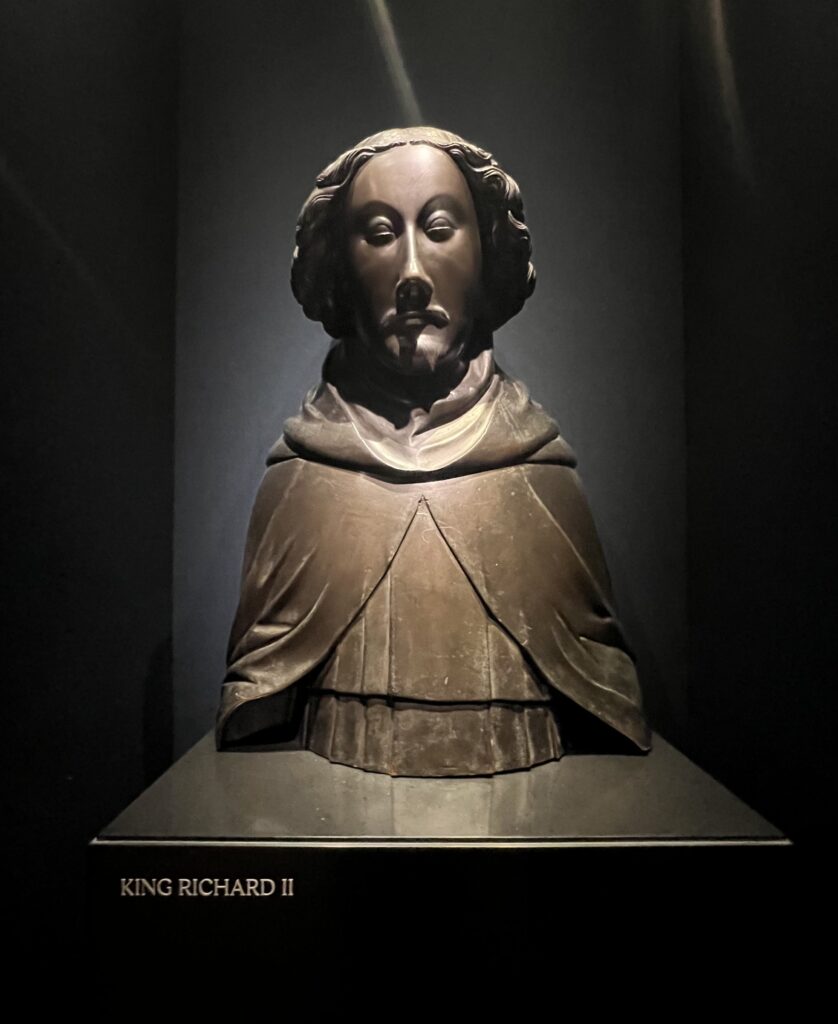
The Tudor Smear Campaign Against Richard III
The Tudor smear campaign shifted into high gear. The Tudors effectively weaponized history.
First, the newly crowned Henry VII had Richard III declared a “usurper.” His body was stripped naked before being strapped to a horse and then discarded.
Second, Henry VII invalidated the Titulus Regius, Richard III’s legal claim to the throne. This meant that Henry VII’s wife Elizabeth of York once again had a claim to the throne, buttressing his own dubious claim.
The Tudors even destroyed copies of the Titus Regulus — an unprecedented measure. This vitiated evidence of Richard’s claim to the throne and effectively laid the blame for the princes’ murder at his door.
The only surviving copy of the act was unearthed by George Buck — two centuries after the Tudor era ended and Richard III’s bad reputation was canon.
The Tudor Propaganda Campaign
To slap a veneer of legitimacy on his thrown, Henry VII had Sir Thomas More write a vicious history, filled with factual inaccuracies, between 1513 and 1518. Tellingly, the history is unfinished. It was never intended to be factual or even to be published.
In it, for the first time (no contemporary reports exist), Richard III was declared the princes’ murderer. And More contends that James Tyrell confessed to smothering the princes on Richard III’s orders. No confirmation of the confession exists.
In his dramatic rendering of the tawdry tale, More focused relentlessly on Richard III’s supposed physical deformities.
In that era, physical abnormalities were considered actual evidence of amorality. More claimed that Richard III murdered the princes “in their beds,” “buried them under the stairs,” and then quickly removed and hid their bodies.
Even Shakespeare piled on. In 1592, he published his play Richard III for a Tudor queen, Elizabeth I. Using More’s history as scripture, he portrayed Richard III as the most dastardly of kings.
In stark contrast, Henry VII used religion propaganda to beatify himself with a halo. He pretended to save England from the dark ages, propagated by the woeful and dangerous Plantagenets. He spread a story that “the saint” Henry VI had prophesied his reign.
In case you couldn’t read books, the Tudors provided slanderous visual propaganda. They doctored portraits of Richard III to make him seem deformed. X-rays later revealed the portraits were altered. The Tudors also created their own ugly re-creations of the dead king.
The Tudors spread vicious rumors. They vilified Richard III as corrupt and brutal. They whispered that a Machiavellian Richard III poisoned his wife Anne, who actually died of tuberculosis. They claimed Richard III killed others, anyone they could think of really.
The merciless “black legend” of Richard III was well and truly born.
For over 300 years, it remained unchallenged. It was not until the 18th century that historians began critiquing the “black legend.”
They began proposing either a “white legend” (Richard III is innocent) or a “grey legend” (Richard was a fine man, but killing possible threats to the throne was just par for the course in medieval England).
So Whodunit?
No one knows for sure who killed the two princes. It’s still, to this day, a hotly debated topic with plenty of pet conspiracy theories.
And maybe no one did. They could have been released, escaped, or moved abroad to safety. It was commonplace during times of upheaval to stash nobles abroad.
As a young boy, Richard himself had been sent abroad, while his older brother Edward IV battled for the throne. Inexplicably, historians have largely neglected this rather obvious option.
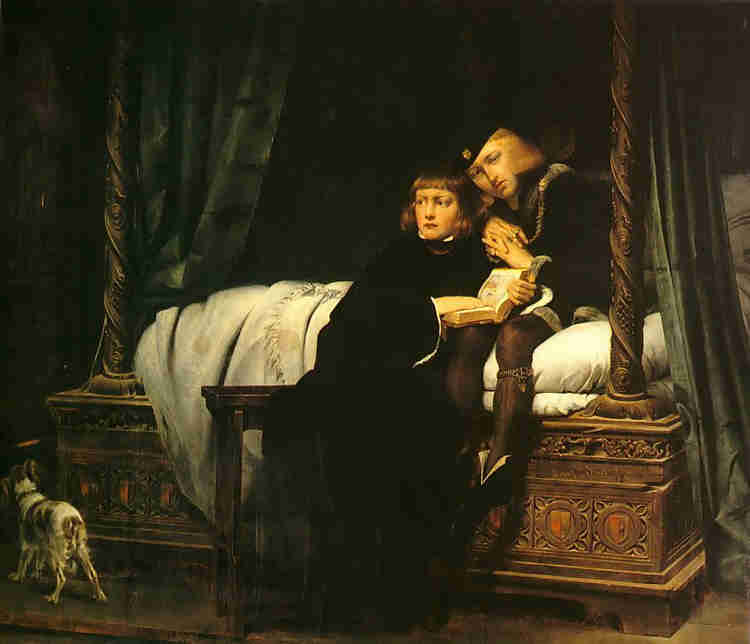
Richard III could easily have moved the two princes via the Thames River, connected to the Tower. Into the loving hands of his devoted sister Margaret of York, Duchess of Burgundy, in Europe.
It seems at least as feasible as a lurid tale of murder in the Tower with hundreds of people in residence and waiting on the princes.
We know of one rescue attempt, which was thwarted.
Several lads also came forward claiming to be the younger prince, Richard.
Perkin Warbeck: Pretender or Younger Prince?
Perkin Warbeck was the most serious claimant to Henry VII’s throne.
In 1491, news that the young prince Richard had survived thundered cross Europe. Warbeck claimed to have been “conveyed to a foreign land by sea.”
He never mentioned an attempted murder by his uncle. Warbeck invaded England three times with the aid of Margaret of York. Henry VII finally captured him in 1497.
Henry VII was mightily threatened by Warbeck. He did his best to discredit him and concoct a birth story. But Warbeck’s identity was never established.
He materialized at the age of 9 (Richard’s age at the princes’ disappearance) with no back story. After capturing Warbeck, Henry VII threw him in the Tower prison. Then, he executed Warbeck after a daring escape attempt.
Without debating Warbeck’s authenticity, it’s interesting how widespread was the belief that a prince may have returned to claim his rightful inheritance.
So widespread that men were willing to fight and die for him. It’s certainly inconsistent with the notion that there was a public perception that Richard III murdered the princes.
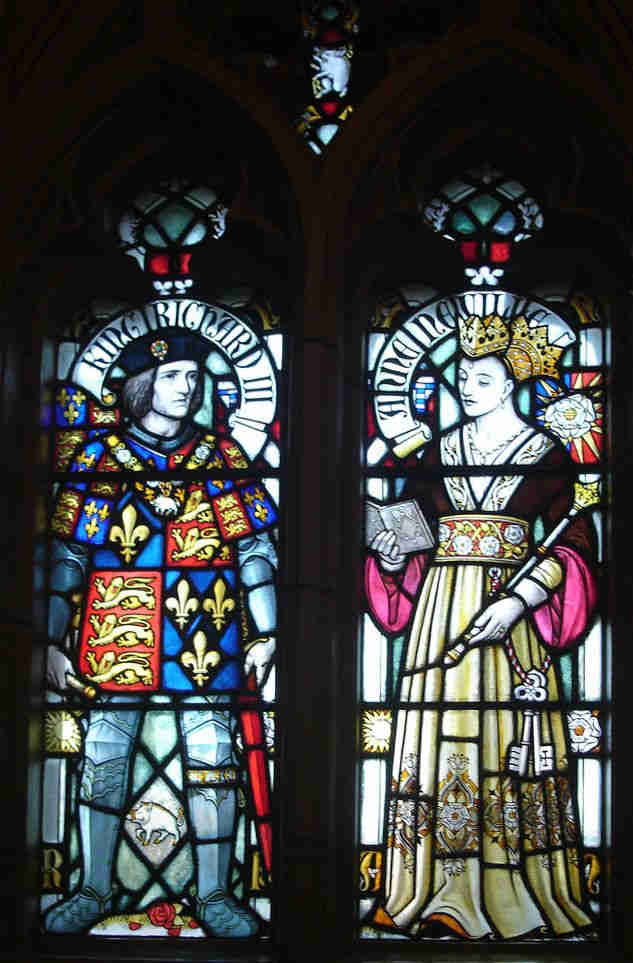
Were the Princes Even Murdered?
Some historians now think the princes survived. Or, that a sickly Edward V died in the tower and Richard was moved. There is some evidence to this effect.
At the time of his disappearance, Edward V was ill and being seen regularly by a doctor. I’ve read modern suspicions of bone cancer from the description of his symptoms.
Edward IV had other children die at a similar age. And, interesting, no one ever came forward claiming to be a grown up version of Edward V. So perhaps his death was known, but not recorded.
In short, the princes might not have been murdered. And perhaps they were spirited away.
The Chief Suspects
But assuming they were, which is the conventional theory, there are no shortage of suspects. They are:
1. Richard III
Richard III remains the chief suspect in the child murder because the “black legend” still lingers. There’s been 500 years of Tudor propaganda and brainwashing. Many historians still say he had a “strong motive.”
I don’t think so. During his lifetime, Richard III wasn’t terribly ruthless or murdery.
Richard III was reputedly a pious man, above moral reproach. His coronation was well attended and he was a popular king — definitely more popular than a Woodville boy king would’ve been.
There’s no evidence that Richard III ever spoke of wanting to be king while his brother Edward IV lived. Unlike his traitorous brother George, Richard III showed only allegiance, not greed.
And during his reign, he appeared to be a good king. There was no financial skullduggery, no torture, no adultery, no religious persecution, no violation of sanctuary, no burning at the stake. To the contrary, Richard III appeared concerned about the good of the people (in contrast to his licentious brother Edward IV).
One can even argue that, after enactment of the Titulus Regius, Richard III had no motive to kill the princes. They had been officially removed from the line of succession, after all. Richard III assumed the throne when they were still alive and seen jousting outside the tower.
Plus, the murder of children would have been viewed as a heinous act, even in the raucous middle ages. Richard III would have wanted to avoid scandal at the vulnerable outset of his monarchy. The very fabric of society rested on public respect for and confidence in the new king.
Richard III was also never accused of speaking ill of or attempting to murder any of the princes’ sisters or his brother George’s children. Before the Titulus Regius, they technically preceded him in the line of succession. Killing the princes could’ve made them the true heirs.
Moreover, no historical contemporary ever directly blamed Richard. There was only idle gossip about where the princes were. (After the escape attempt, they were moved further within the Tower). If the boys had really been offed, there likely would’ve been a hew and cry and charges brought.
Historians have uniformly criticized Richard III for never “producing” the children in public. But bastard children may not have been suitable for public display.
Also, the fact that Richard II did not publicize their deaths and let vague rumors circulate, tends to exonerate him. It would be the height of folly for Richard III to kill the princes (who were under his control) to secure his crown and then keep their death a secret. So, rather than prove his guilt, Richard III’s silence only supports his innocence.
The people who directly benefited from the princes’ death were the Duke of Buckingham, Henry VII, Margaret Beaufort, and Lord Stanley.
On the other hand, to be fair, in an age where kings ruled by the sword, one can argue that even bastardized boys were a threat to Richard III’s throne. Boys grow up, times change, and they attempt to invoke old loyalties and claim thrones.
In medieval times, eliminating threats to the throne was considered completely logical. For example, Edward IV likely ordered the murder of Henry VI in the tower, though there is no concrete evidence.
On balance, I am of the minority view that Richard III wasn’t the princes’ murderer. There’s just too much Tudor propaganda. There are other valid theories, such as the princes being hidden abroad. And plenty of other suspects with motive, means, and opportunity to murder the princes.
It’s nonsense to claim no one could access the tower without Richard III’s permission. The Tower of London was a working royal palace and the center of government.
Courtiers and servants could come and go. It suspends belief to assume there was only one key to the princes’ room, assuming they were even locked in and heavily guarded.
2. Duke of Buckingham
An obvious suspect is Henry Stafford, the Duke of Buckingham, Richard III’s right hand man. A right hand man who grew jealous of the king.
The duke was a slippery careerist, a kingmaker and a king breaker, always looking to advance his own fortunes. He was ambitious and had motives galore. A nasty sort, he also seemed temperamentally inclined to murder. And he held a claim to the throne through the Lancaster/Beaufort line (a much better claim than Henry VII).
Buckingham was the Constable of the Tower, so had full access to the princes. It would’ve served his cause to kill them while they were in Richard III’s care.
Richard would take the fall and Buckingham’s star would rise — a gold plated solution. Or, the duke could’ve murdered the princes to ingratiate himself with Henry VII, whose rebellion he joined.
What’s clear is that the Duke of Buckingham was a ruthless jerk. In the early 1980s, a manuscript was discovered in the College of Arms collection. It states that the princes were murdered “be [by] the vise” of the Duke of Buckingham. There is some argument over whether “vise” means “advice” or “devise.”
On the other hand, Buckingham was apparently in Wales during the period when the princes might have vanished. And Richard III never blamed Buckingham for the murders, even when Buckingham was executed for treason.
3. Henry VII
Henry VII was a true usurper. He swooped in and stole Richard III’s crown by conquest. Henry VII had the strongest motive to murder the princes.
His motive can’t be blindly equated with Richard III’s motive either, as historians are wont to do.
Richard was chosen as king when the princes were alive and the Titulus Regius enacted. He was relatively “safe” on his throne. On the other hand, Henry VII had a tenuous blood claim to the throne and had taken it by force. He needed the princes dead more than Richard III to prop up his dubious claim.
To be sure, Henry VII wasn’t in England at the time of the princes’ alleged disappearance. He was in exile in France raising and training armies. But he could’ve easily had help from either the Duke of Buckingham, his mother Margaret Beaufort, their servants, or Yorkist supporters of Edward IV.
It’s also possible that Henry VII could’ve had the princes executed after his succession. The princes might still have been alive in 1485.
There’s no evidence they they were dead. Henry VII made no inquest into their death and held no requiem masses. (Though he may not have wanted to risk a cult like following.)
Henry VII also sent Edward IV’s mother to a nunnery to make sure she was silenced and confiscated all her property. And he pardoned Tyrell, the man with the obviously fictional confession designed to prop up an unpopular king.
Militating against Henry VII’s guilt is his behavior. He acted like he simply didn’t know the facts or whereabouts of the princes. He was extremely threatened by what he called Yorkist “pretenders.”
Even after Warbeck’s execution in 1497, Henry continued to fear the emergence of other “pretenders.” This conduct suggests that Henry didn’t believe his own propaganda — that Richard III had murdered the princes.
4. Margaret Beaufort Stanley & Thomas Stanely
Margaret Beaufort was a schemer, despite her great show of piety.
She was profoundly ambitious to put her exiled son on the throne. As an expert puppet master, she sowed discontent, Littlefinger style, at Richard III’s court.
She made a pact with Elizabeth Woodville, then in sanctuary, to throw York support behind Henry Tudor. In fact, she may have fed Elizabeth lies that her sons were dead, just to gain her support.
No one thinks Margaret did the deed herself, of course. Too risky. But she had plenty of Tudor Partisans. It’s not a stretch of the imagination to believe that the fervent religious zealot wouldn’t stop at murder to see her divine son crowned.
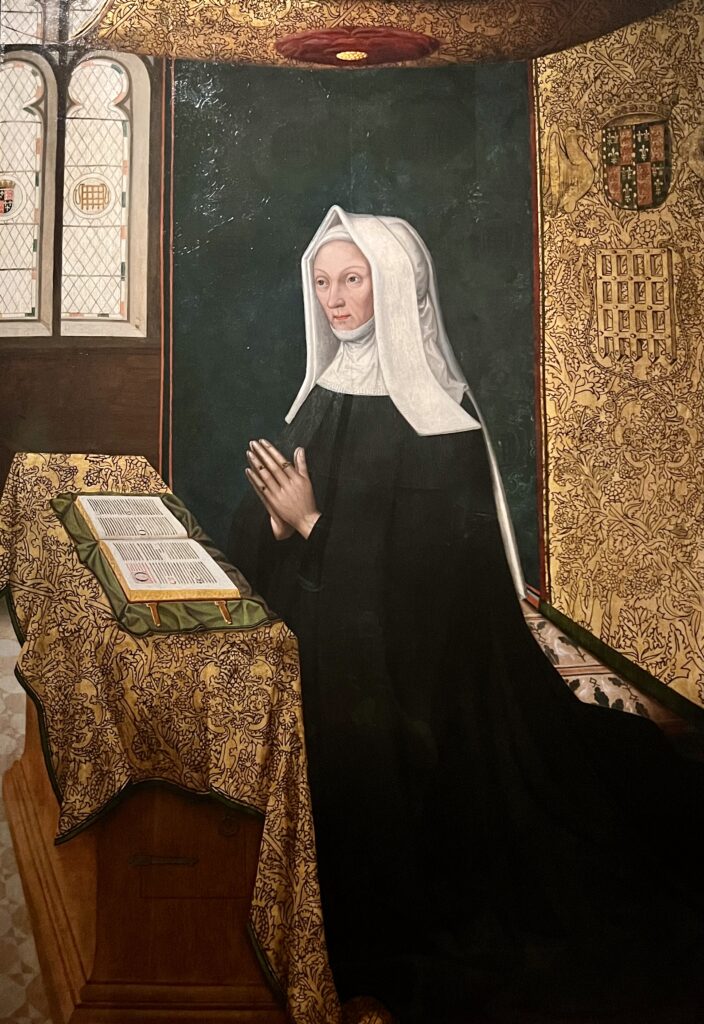
All manner of terrible things are done in the name of religion.
And Margaret could’ve had help from her husband, Lord Thomas Stanley. Stanley was a duplicitous, disloyal sort. He was basically part of a medieval mafia.
He and his brother William would slyly divide loyalties in times of strife to ensure one Stanley was always on the winning side. The ultimate self preservation.
Lord Stanely walked two feet behind the king and had access to the princes. Unlike Richard, he is described as ruthless and mercenary. Together, they could have plotted and arranged for execution of the deed.
5. Sir James Tyrell
Tyrell was an English knight and loyal servant of Richard III. According to More’s dubious “history,” written decades after Richard III’s death, Tyrell suffocated the children in the Tower under Richard III’s orders. Tyrell supposedly confessed under torture to the princes’ murder at his execution in 1502.
The confession is a fairly obvious Tudor fiction.
It’s completely unsubstantiated. There’s no document containing Tyrell’s confession or any public record of it. No announcement was made from the scaffold, as one might expect in the case of regicide.
When Tyrell was attainted two years later, again, nothing was said of his confession. Henry VII’s own historian, Polydore Vergil, didn’t mention it either.
It was an obvious lie, a Tudor attempt to bury the princes for all time in reaction to the pretenders who plagued Henry VII’s reign. Closely connected to Richard III, Tyrell was an easy scapegoat.
Based on the timing, the lie was also necessary to carry on the Tudor dynasty. Henry VII’s first son, Arthur had died a month before Tyrell’s execution, leaving a widow, Catherine of Aragon, the daughter of Kind Ferdinand and Queen Isabella of Spain.
Henry VII wanted to affiance his second son, Henry, to Arthur’s widow. But the Spanish monarchs were reluctant in light the missing princes and stream of pretenders. The Tyrell story helped buttress Henry’s claim as legitimate heir. He would go on to become Henry VIII and divorce Catherine.
Bones of Contention
1. The Princes’ Bones
In 1674, two skeletons were unearthed in the White Tower’s spiral stairway during renovations.
The bones were examined in 1933 and thought to be the bones of children about the same ages as the long lost princes. Precipitously, and with great fanfare, the bones were reinterred in Westminster Abbey. Equally precipitously, they were deemed strong evidence of Richard’s guilt.
But that’s all nonsense. Even the Tudor apologist More wrote that the princes’ bones were hastily removed from the Tower. The princes’ skeletons — evidence of a crime — wouldn’t have been discovered in such an obvious place. And they couldn’t have been buried there — not without a noticeable thunder of noise and commotion.
Moreover, the bones could have been anybody’s. They’ve never been dated. Lots of skeletons have been found in and around the Tower.
Nor have the bones ever been examined using modern technology. Indeed, at the time, it was even unclear whether the bones were male or female. In recent years, British historian, Dr. Ashdown-Hill, has claimed, based on an analysis of dental records, that the dead children couldn’t have been related to Richard III.
They’re a century old. Let’s bring on modern technology. Without it, the mystery lingers.
2. Richard III’s Bones
In 2012, the remains of Richard III were discovered beneath a car parking lot in the English city of Leicester.
Phillipa Langley, head of The Richard III Society, spurred on by the work of historian Michael Jones, led the team who uncovered the remains. This led Richard III to be dubbed the “Car Park King.”
In 2013, after DNA testing, experts confirmed that the skeleton was Richard III. After examining it, archaeologists declared that Richard III was not hunchbacked at all — debunking all the Tudor propaganda. Richard III merely suffered from idiopathic adolescent-onset scoliosis.
The scoliosis would not have been apparent. It would only have meant that his right shoulder was slightly higher than his left, a feature that could be easily hidden by clothing. They also determined that he had blue, not brown eyes as shown in Tudor portraits.
So, the evil hulking hunchback story is just Tudor myth, nothing more. The Tudors deliberately lied, making them seem, well, rather guilty in the alleged crime.
The easiest way to solve the mystery is just to compare DNA from Richard III’s bones with the DNA of the bones from the tower stairway now interred in Westminster Abbey.
If the DNA matched, that fact would tend to implicate Richard III. If the DNA doesn’t match, Richard looks more innocent and Henry VII is in the dock.
But that may never happen. Westminster Abbey doesn’t like to disinter anyone. But there are potentially others whose DNA could be cross checked.
There are rumors that the remains of the princes are buried elsewhere. And a descendent of theirs has been found who has already provided DNA for testing and matching.
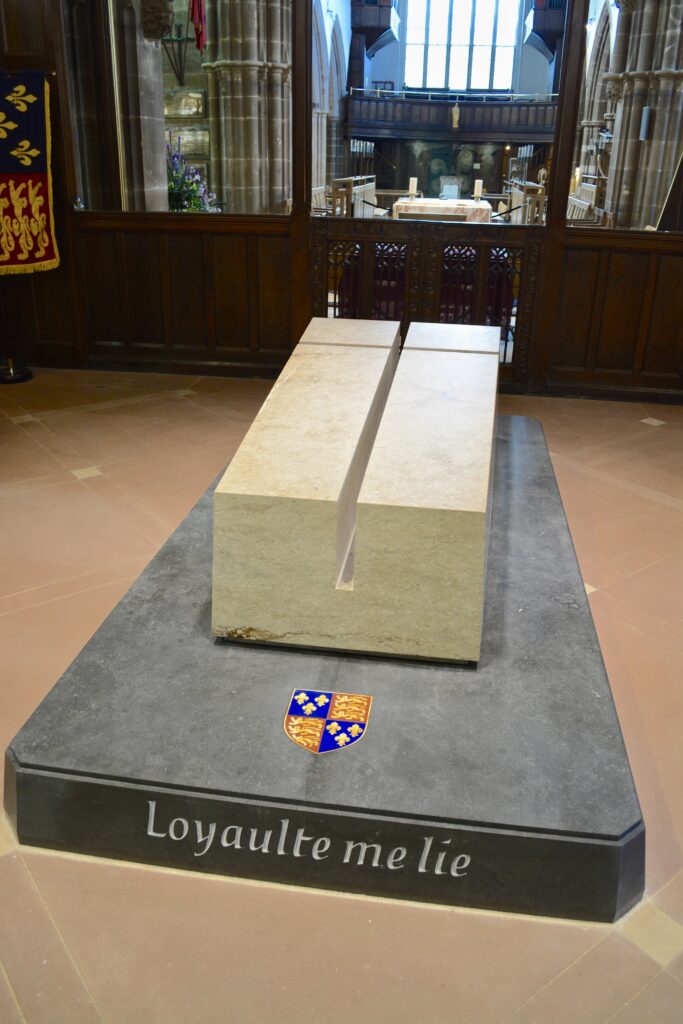
After Richard’s remains were found, the Richard III society commissioned a reconstructed bust of the king. The muscles and skin were modeled by Caroline Wilkinson, a professor of craniofacial identification using a computer process known as stereolithography.
It was prompted by the society’s desire to have an actual likeness of Richard, since there are no surviving contemporaneous portraits. The bust is now on display at the Richard III Visitor Center in Leicester England.
In the end, no one can be sure about the truth of the princes’ fate. But there is really no actual evidence against Richard III. And, so, I view him as a maligned king, a victim of history, which can sometimes be “a lie.”
If you liked it pin, it for later.

